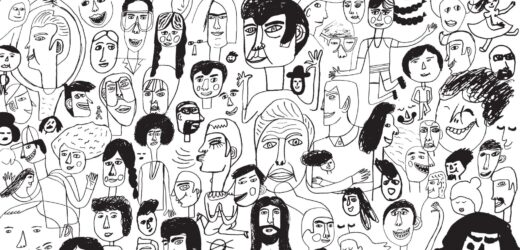Fear of student resistance prevents many college teachers from adopting active learning strategies. That’s unfortunate, because these strategies have been shown to significantly increase student learning, improve retention in academic programs, and provide especially strong benefits to traditionally underrepresented student groups. Addressing two key questions may reduce instructors’ fears and increase the adoption of active learning strategies:
- Are instructors’ fears of student resistance to active learning well-founded?
- Are there effective ways to minimize that resistance?









